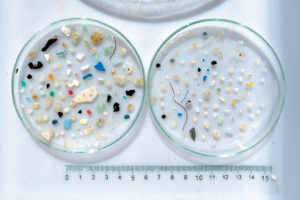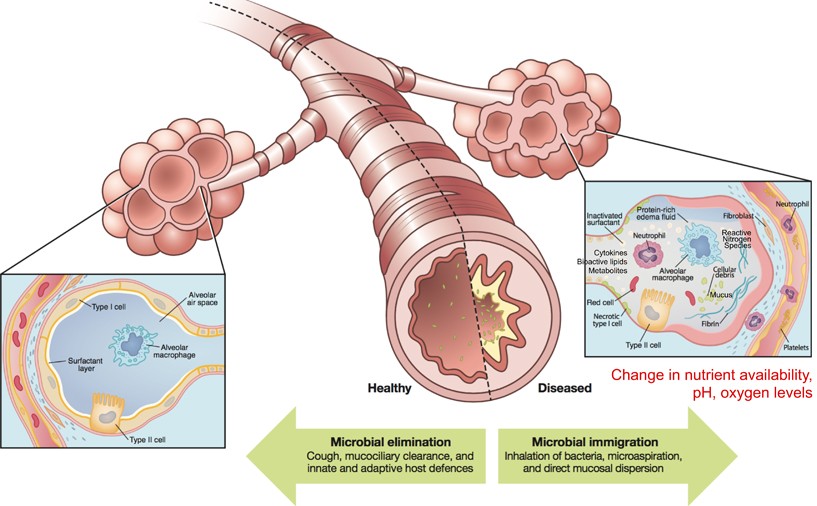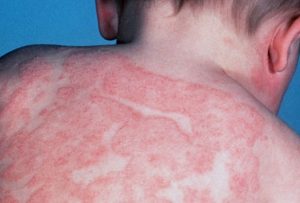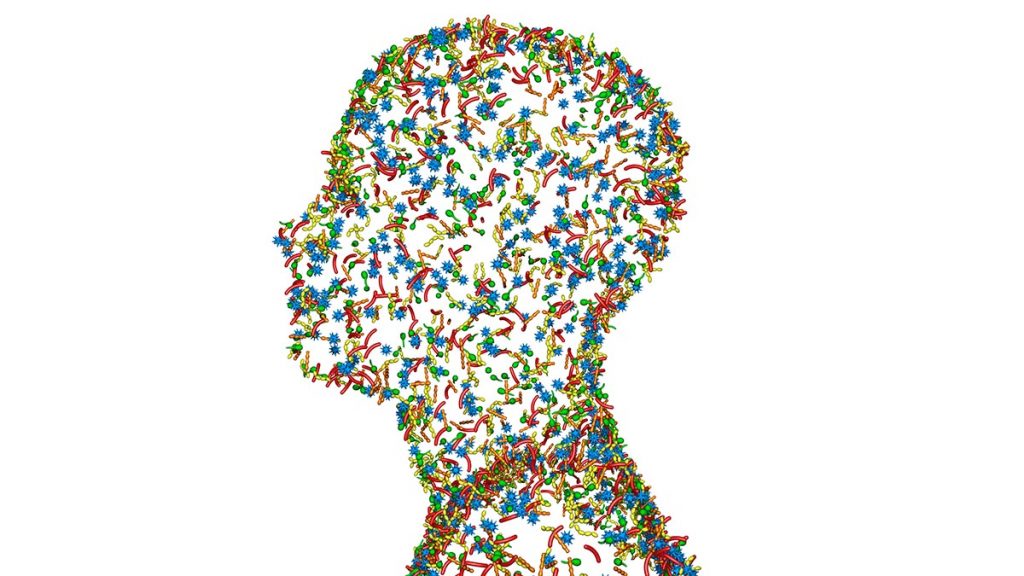A Brief Background:
Microbes found in our body and gut are responsible for many different functions of everyday life. Specifically, the human microbiome has prominent influences on health and disease (Kates et al., 2020). Have you ever questioned what can contribute to changes in our microbiome? The microbiome is defined as the community of microorganisms such as bacteria or fungi in a specific environment (Ursell et al., 2012). Although microbial changes are being considered in diet trends, probiotics, and environmental factors, pet ownership is often overlooked. Today, approximately 67% of U.S. households own a pet (APPA, 2021). Pet ownership brings us to the question, how may our microbiomes be impacted by pets living in our households? Many cats and dogs have similar microbiota compared to humans (Honneffer et al., 2014). Human-pet relationships can bring to light many pros and cons within our health. Many animals, especially those that roam outside, tend to bring in bacteria from the environment. This bacteria can then be easily transmitted (Resnick, 2012) to those living in the house, whether it’s via furniture, snuggling with your pet, or even something we consider harmless, like kissing your pet. Not only that, but bacteria such as Salmonella, E. coli, Clostridia, and Campylobacter are transmitted via pets and cause severe intestinal diseases for humans.
Continue reading “Are Pet Owners’ Microbiome Unique?”






